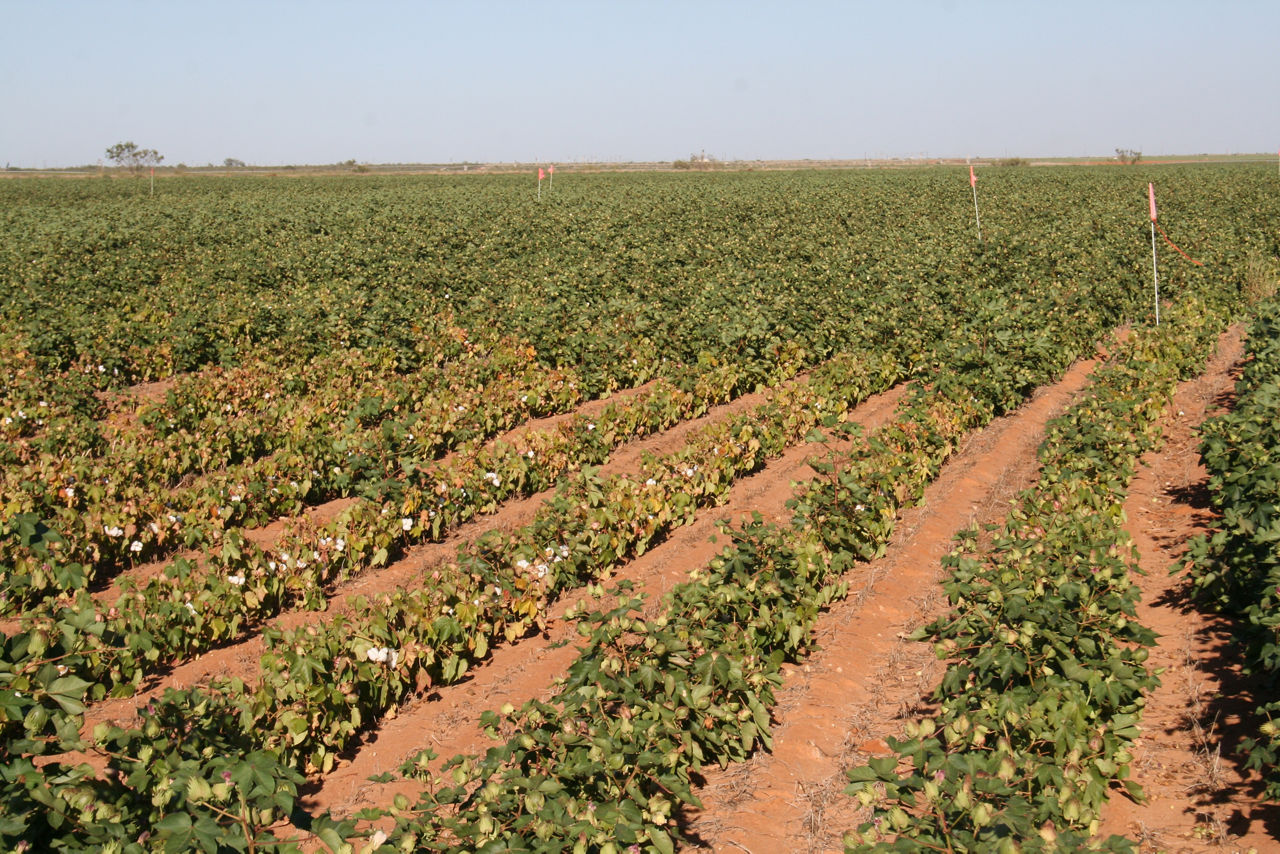Sampling for Soil Nematodes
August 3, 2023
Soil nematode management begins with knowing the nematode species and infestation levels in the field. Properly sampling near harvest and sending the samples to a nematology lab for analysis can help determine this information.1
The predominate soil nematode species that may be found in cotton fields are southern root-knot, reniform, Columbia lance, and sting. Knowing the characteristics of the different species is helpful for identification and sampling. Nematodes can be ectoparasitic (outside root) or endoparasitic (inside root); therefore, it is important to acquire root tissue when sampling. Soil type should be considered during sampling procedures as well. Root-knot nematodes (endoparasitic) are most common in sandy soils, though they can be found in a range of soil types. Reniform nematodes (ectoparasitic) occur in a range of soils but are associated most with higher silt- or clay-content soils. Columbia lance nematodes (ecto- and endoparasitic) are associated with the very sandy soils found primarily in the Coastal Plains of southeastern and southern United States.1,2 Sting nematodes (ectoparasitic) are rarely found in soils less than 85% sand content.1
How should nematode sampling be planned and organized?
Under favorable growing conditions, nematode infestations may be masked or resemble other agronomic stresses such as fertility deficiencies, drought, chemical issues, and diseases (Figure 1). Therefore, cotton growers should plan on conducting soil sampling for nematode awareness.

The accuracy of nematode information increases with the number of samples collected. However, there is a cost associated with each sample submitted for analysis. Knowing where to focus sampling efforts can be a cost-effective way to help determine nematode species and populations. Considerations for sampling include:
- Continuous cotton fields.
- Review of yield maps to find lower yielding areas.
- Focus on field areas that showed unusual stress throughout the growing season.
- Divide areas of the field based on soil type and previous crop history. Sample based on areas with similar qualities.3
What are ideal conditions for nematode sampling?
- Soil moisture that is not too wet or too dry.
- Sample around harvest time when nematodes are most active.
Sampling Procedure
- Use a soil probe to sample 8 to 12 inches deep (in the root zone) and within the row.
- Samples should contain soil and root fragments to isolate ecto- and endoparasitic nematodes.
- Every sample should represent about ten acres or a soil-type zone and should consist of at least 20 core samples.
- Place samples in a container and thoroughly mix.
- Put about one quart of mixed soil in a plastic bag and seal to prevent drying.
- Store the sample out of direct sunlight and in a relatively cool location, such as an insulated cooler WITHOUT ice. Do NOT refrigerate the samples.1
- Label each sample with the current crop, previous crop, planned crop, date sampled, location, and grower name.1
- Send the room temperature samples to a nematology laboratory as soon as possible – consider overnight shipping. Samples should be sent early in the week to help avoid the potential of them sitting in a non-airconditioned space over a weekend.1
How does a nematode analysis help a cotton grower?
- Lab results indicate the nematode species and its density per 100 ml of soil.
- Use this information along with threshold information to help determine management strategies, such as:
- Use of a resistant crop variety.
- Use of a nematicide.
- What cultural practices could be implemented to help decrease the potential for damage.1
Sources:
1Mueller, J., Kirkpatrick, T., Overstreet, C., Koenning, S., Kemerait, B., and Nichols, B. 2012. Managing nematodes in cotton-based cropping systems. Cotton® Incorporated. https://www.cottoninc.com/wp-content/uploads/2015/12/2012-Managing-Nematodes.pdf
2Ma, X., Baeza, J.A., Richards, V.P., and Agudelo, P. 2021. First genomic resource of the Columbia lance nematode Hoplolaimus columbus. APS Publications. American Phytopathological Society. https://apsjournals.apsnet.org/doi/10.1094/PHYTO-12-20-0536-A
3Soil sampling to assess cotton nematode population distributions and densities. National Cotton Council of America. https://www.cotton.org/tech/pest/nematode/soil.cfm.
Sources verified 6/30/23. 1411_179980